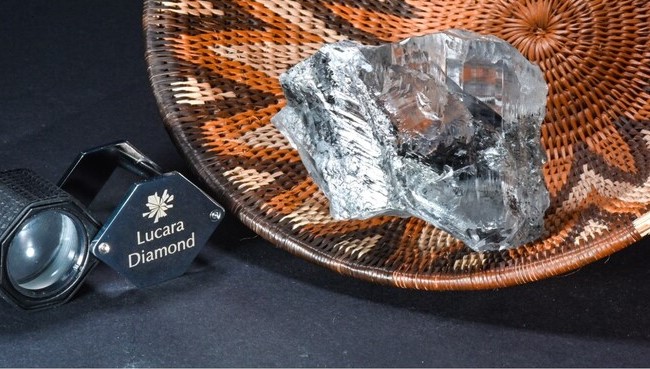
An agreement has been entered into for the outright sale of Williamson Diamonds Limited, Petra Diamonds announced on Wednesday.
The London-listed and South Africa-active Petra is taking steps to sell its entire shareholding in the Tanzanian entity to Pink Diamonds Investments for a headline consideration of up to $16-million.
This follows Petra’s sale in May of just under half of the asset, in which the Tanzanian government has a stake, for $15-million via long-term technical services contractor Taifa Mining.
Since then, Williamson’s coming under consolidated ownership has emerged increasingly as the preferred way forward.
As a Taifa affiliate, Pink Diamonds is viewed by Petra CEO Richard Duffy as possessing the technical and financial capability to conduct operations in a responsible manner for all stakeholders.
As a wholly Tanzanian-owned company with more than three decades of mining-related experience, Taifa’s working relationships extend to mining majors such as De Beers, Barrick and AngloGold Ashanti. It is now entering a phase of exclusive ownership of the asset where about 1 100 people are employed, most of them Tanzanian.
The mine’s reserves and resources as of June 30 were reported as 37.17-million carats. With liquidity challenges continuing, further capital investment will be required.
“We look forward to working closely with the Mining Commission, the Fair Competition Commission, employees, community representatives and other key stakeholders in completing the sale as soon as possible,” Duffy stated in a stock exchange announcement accessed by Mining Weekly.
In South Africa, Petra operates the Cullinan diamond mine in Gauteng and the Finsch diamond mine in the Northern Cape.
“We’re committed to adopting and adhering to the latest internationally recognised standards throughout all aspects of our business,” said Pink Diamonds chairperson Rostam Azizi, whose family are from the area around Mwadui, the other name for the Williamson mine, which is situated 23 km north-east of Shinyanga in northern Tanzania.
Mining Weekly can report that the discovery of the kimberlite pipe by Canadian geologist John Williamson in 1940 led to ongoing operation since then, making it one of the world’s oldest continuous operating diamond mines. Its yield of 19-million-plus diamond carats includes the 54.5 ct Williamson pink diamond presented to British royalty in 1947.
Source: JOHANNESBURG miningweekly.com





_updates.jpg)





